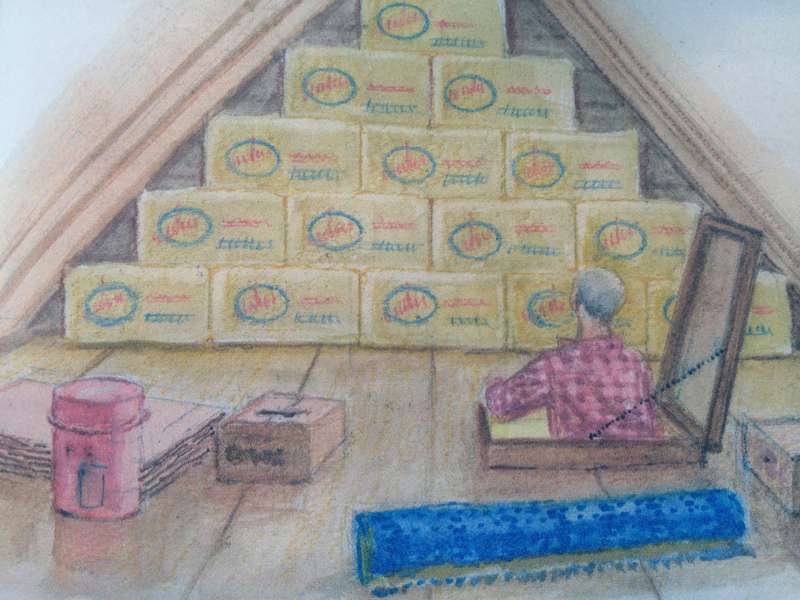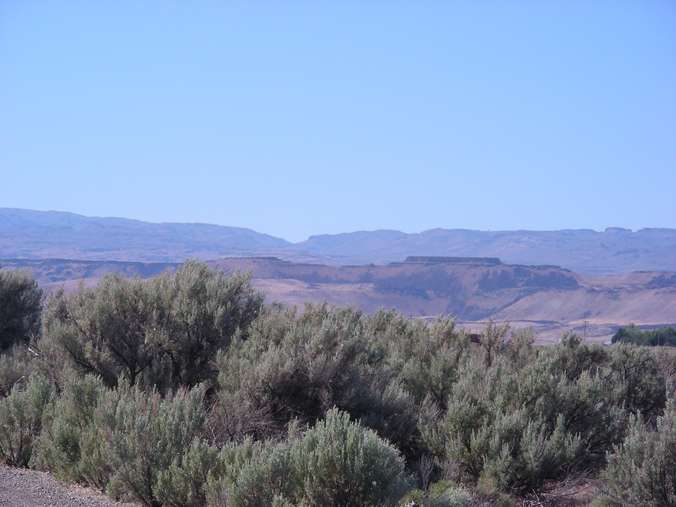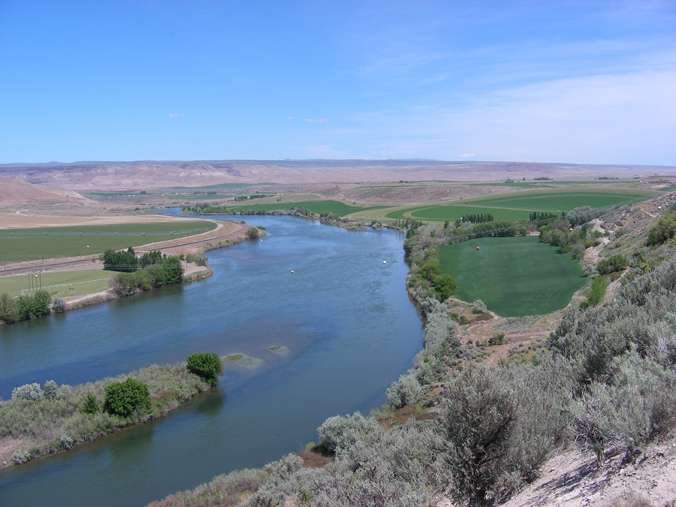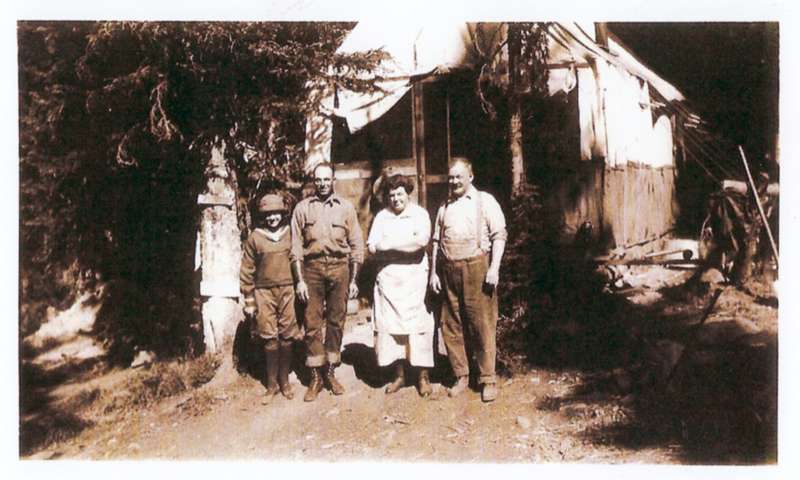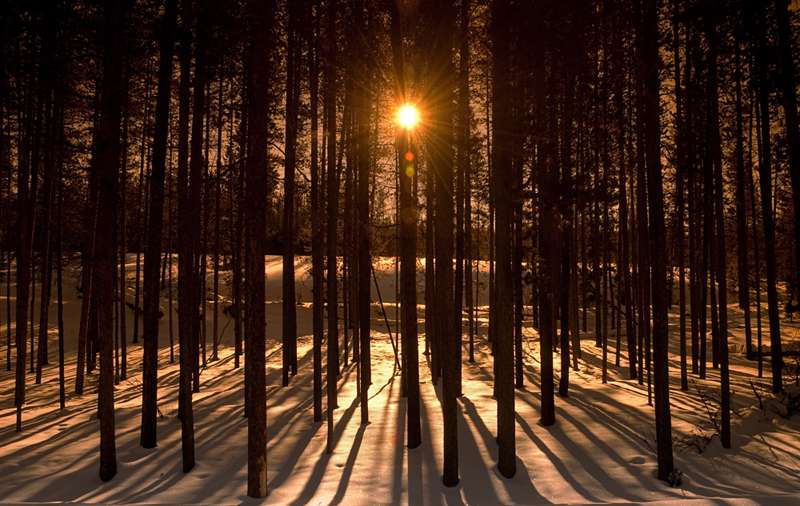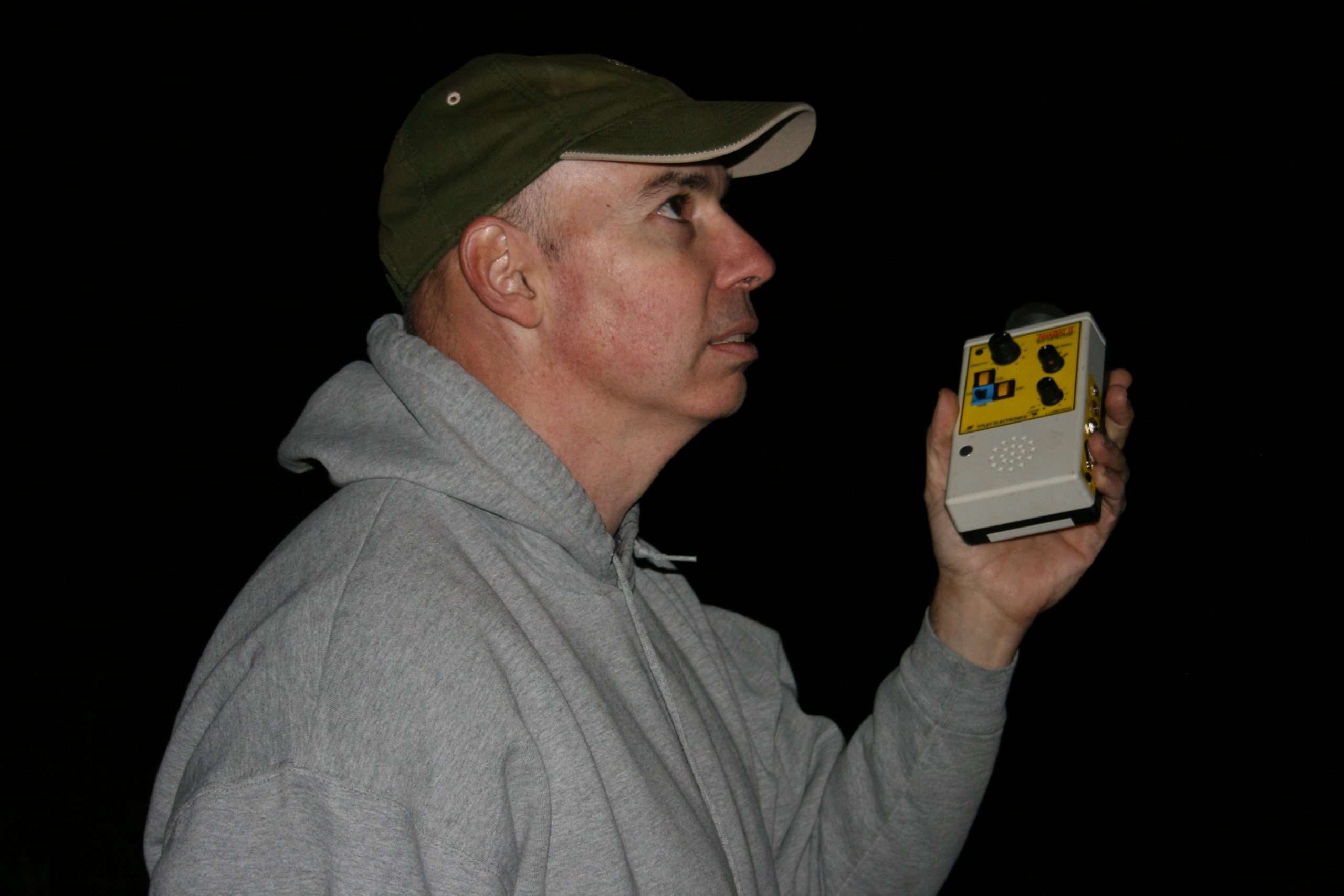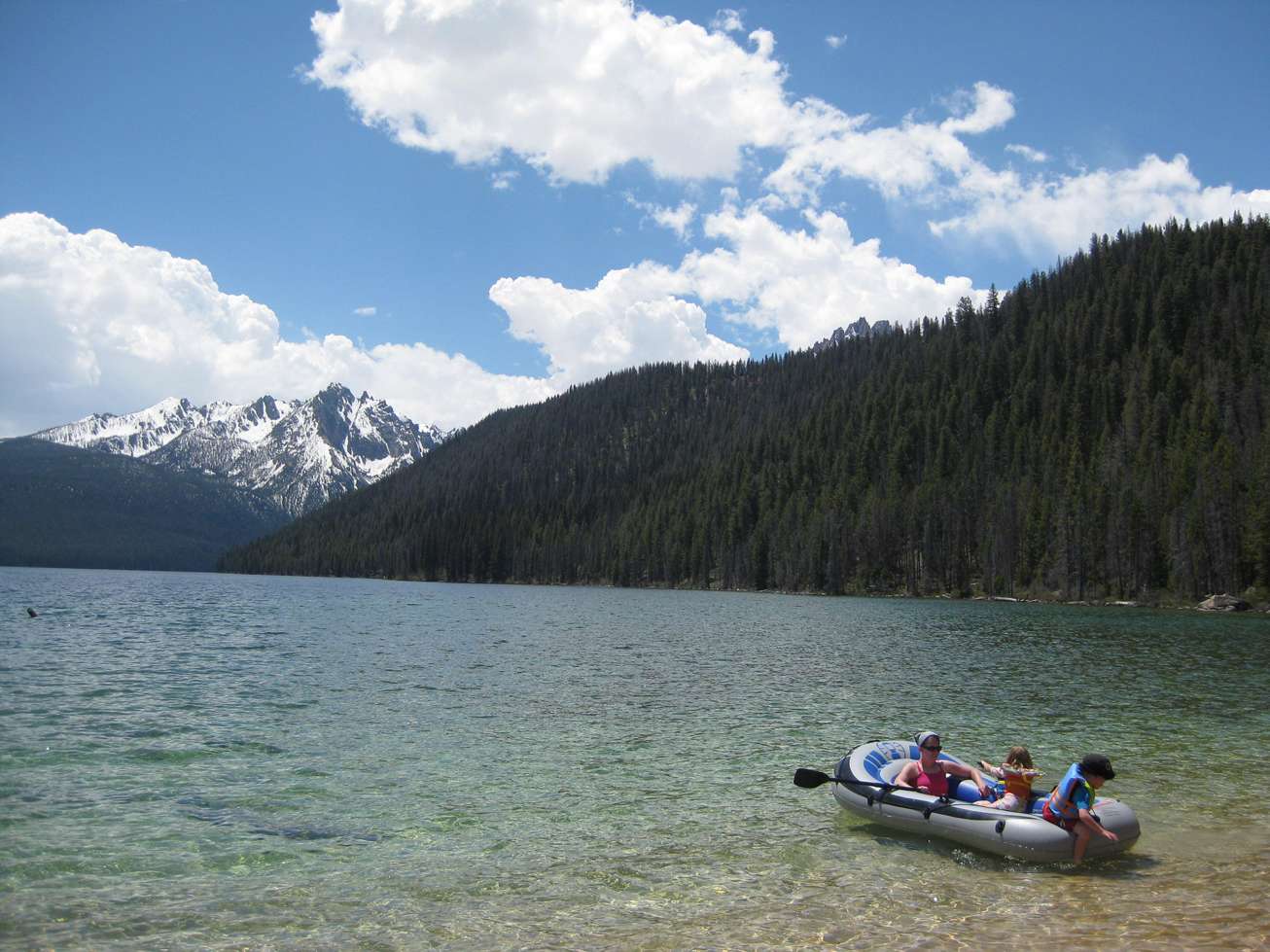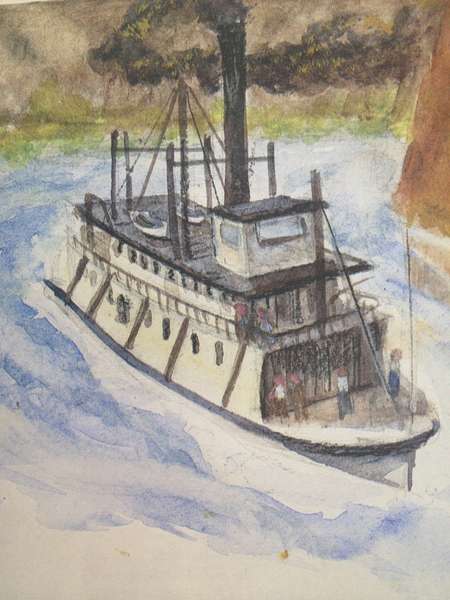No products in the cart.
I Shall Golf My Age

My mother loves life. Each new day is her laboratory, where she observes and learns for the sheer fun of it.
She looks forward with excitement to each coming adventure, whether it’s a drive to see the Independence Day parade in Hailey, attending Justice Sandra Day O’Connor’s keynote speech in Boise at the Andrus Center’s Women’s Leadership Conference or an afternoon appointment with the pest control guy.
“Have you noticed? We haven’t had any daddy longlegs since I started inviting that nice young man over,” she says with a triumphal grin.
I’d like to be like Mom. But as middle age has settled in, like an Idaho January, I wax more and more ambivalent toward approaching festivities. For, as Mom has demonstrated, mental engagement and happy anticipation directly relate to one’s state of contentment, which in turn governs the rate of time passage. Every giggle and guffaw, every epiphany, increases the speed of time. Now, I’m not wild about middle age, but I’m guessing it’s decidedly better than the next stage. So I’m tempted to slow time by sitting indefinitely in front of re-runs of The Bachelorette.
I need a better plan.
It would seem the longer I live, the more I could afford the occasional time-warp speed brought on by solving a riddle or a summer slippery slide. Continue reading →
This content is available for purchase. Please select from available options.
Purchase Only
Purchase Only


